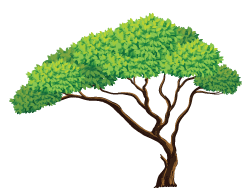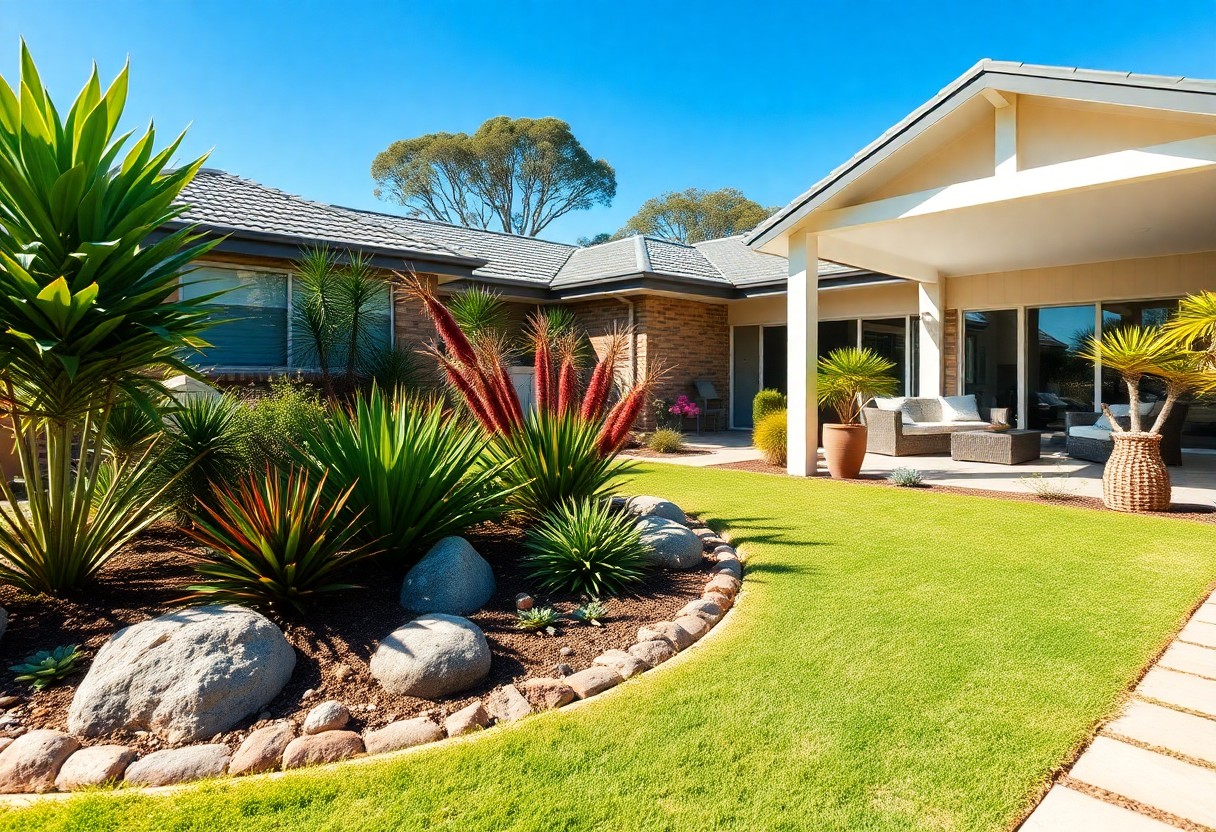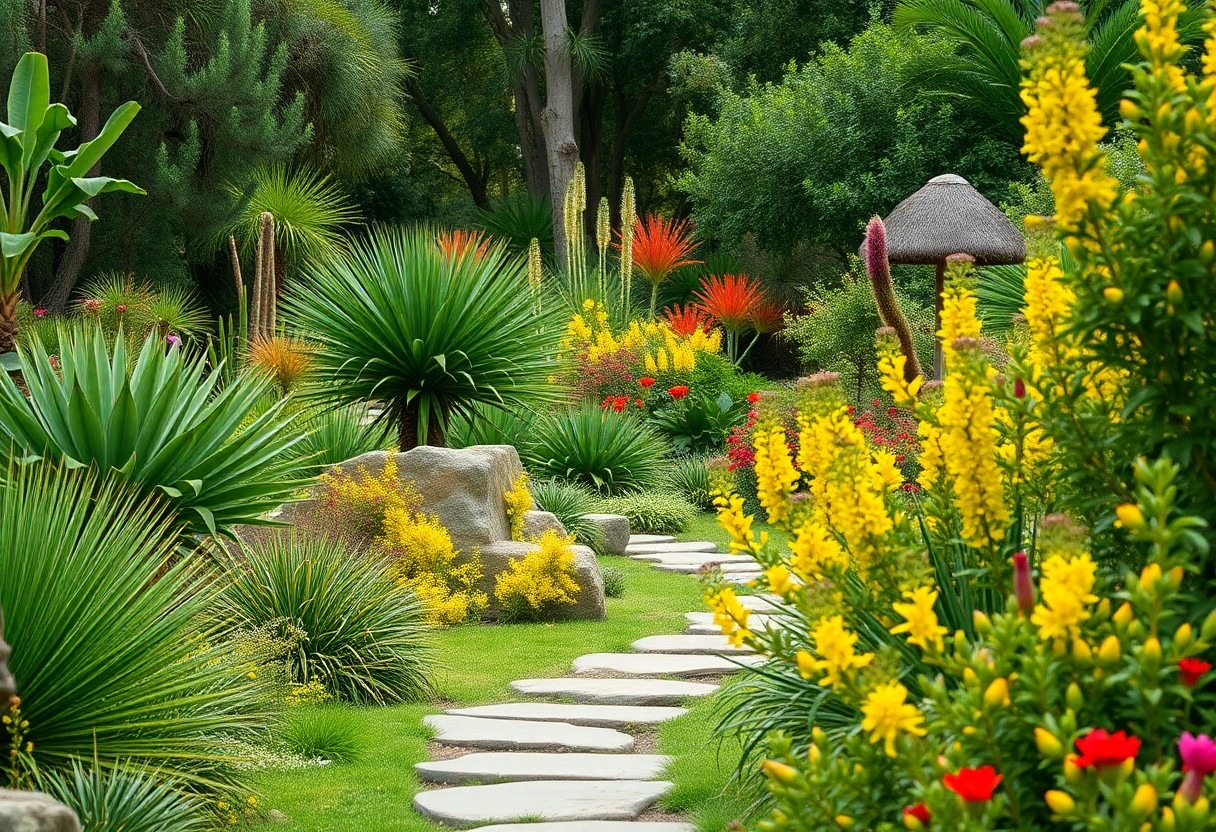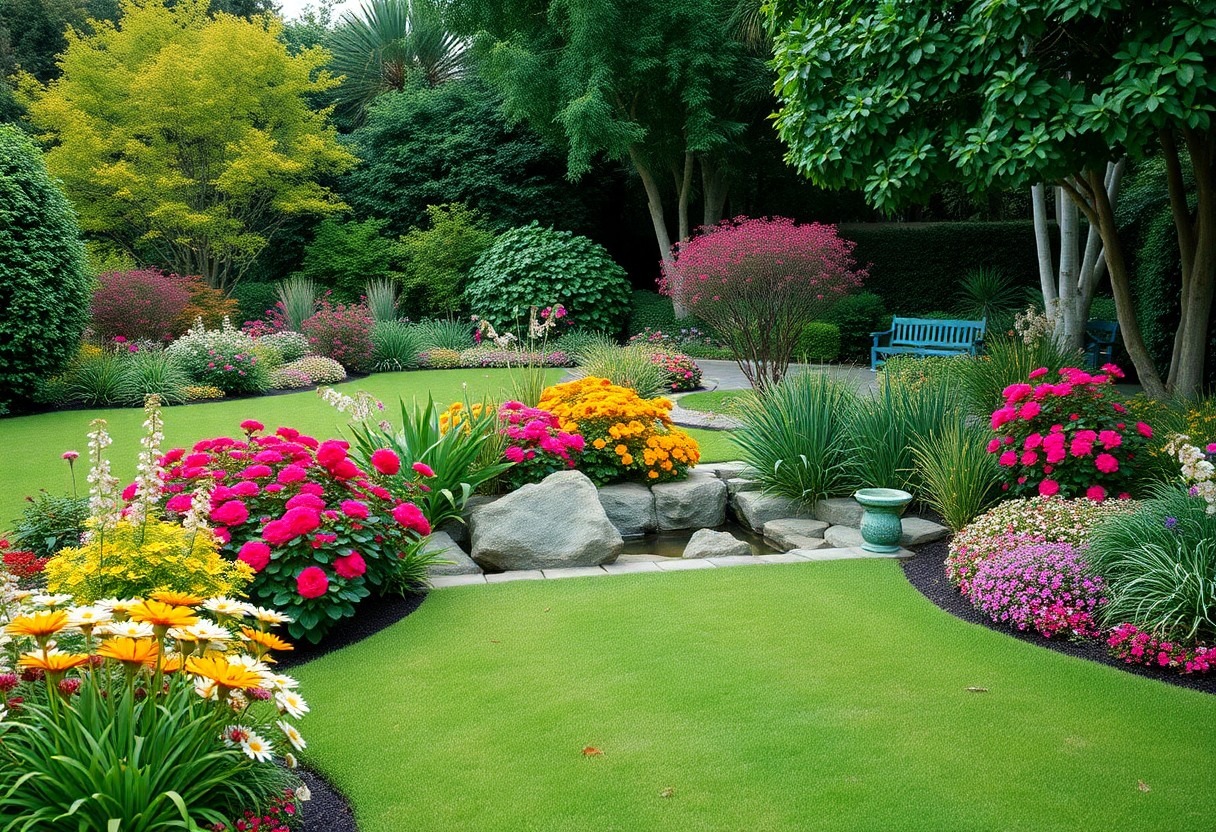Designing your landscape is not just about aesthetics; it’s a reflection of your lifestyle and personality. To create an inviting and functional outdoor space, you need to consider climate, functionality, and maintenance. From selecting the right plants and materials to harmonizing with your home’s architecture, each decision shapes the overall ambiance. This guide will help you navigate the crucial aspects of choosing the perfect landscape design for your Helensvale property, ensuring your outdoor area enhances your living experience and adds lasting value.
Understanding Landscape Design
To create an inviting and functional outdoor space, it is vital to grasp the fundamentals of landscape design. This practice involves the arrangement of various elements, such as plants, hardscapes, and water features, to enhance the beauty and utility of your property. Understanding the basic principles will enable you to make informed decisions, ensuring that your landscape reflects your personal style while fitting harmoniously with your Helensvale environment.
Importance of Landscape Design
Landscape design serves as a foundation for enhancing your property’s value and aesthetics. A well-thought-out landscape can create a more inviting atmosphere, improve curb appeal, and even increase your home’s resale value. In your outdoor area, effective planning ensures functional spaces are created for relaxation, entertainment, and recreation.
Common Landscape Design Styles
Even as you explore landscape design options, understanding common styles is key to achieving your desired look. Popular styles include traditional, contemporary, desert, and tropical designs, each offering distinctive features and characteristics that can transform your outdoor space. Choosing the right style ensures that your landscape feels cohesive and tailored to your preferences.
Understanding common landscape design styles can empower you to select a theme that resonates with your vision. For instance, a traditional style often features organic shapes, classic plantings, and natural stone pathways. If you prefer a modern touch, a contemporary style focuses on clean lines and minimalistic elements. Meanwhile, a desert style incorporates drought-resistant plants and gravel for a sustainable approach, while a tropical style uses vibrant foliage and water features for an exotic feel. By identifying your preferred style, you can create an outdoor environment that reflects your personality and lifestyle.
How to Assess Your Property
It is necessary to assess your property accurately before launching on any landscape design project. Take the time to evaluate the unique features of your site, considering factors such as size, shape, slopes, and existing vegetation. Understanding these aspects will help you make informed decisions that will enhance both the aesthetics and functionality of your outdoor space.
Evaluating Space and Layout
An effective landscape design begins with a thorough evaluation of your available space and layout. Consider how different areas will be utilized, such as gardens, pathways, and seating areas. Pay attention to the flow of movement to ensure that the design integrates harmoniously with your property’s existing structures and natural elements.
Identifying Sun and Shade Patterns
One of the most significant factors influencing your landscaping choice is identifying sun and shade patterns throughout your property. Understanding where sunlight hits and where shadows fall will allow you to select plants that thrive in their respective environments.
With varying sun and shade patterns, you’ll want to observe your property at different times of the day and throughout the seasons. Look for areas where direct sunlight lasts for more than six hours daily, as these spots are ideal for sun-loving plants. Conversely, shaded areas may require shade-tolerant species to thrive. This knowledge not only ensures the longevity of your landscape but also enhances the visual appeal by selecting plants that fit their environment perfectly.
Tips for Selecting Plants
Now that you’re ready to enhance your Helensvale landscape, consider these tips for selecting the right plants:
- Choose plants that are native to the region.
- Look for low-maintenance options.
- Account for sunlight and shade needs.
- Consider drought-resistant varieties.
- Think about growth size for space planning.
Recognizing the right plants will improve your landscape’s longevity and appeal.
Choosing Native and Adaptable Plants
One of the best strategies for your landscaping is to choose native and adaptable plants. These species are well-suited to your local climate and soil conditions, making them more resilient and low-maintenance. By selecting plants that thrive naturally in Helensvale, you’ll support local wildlife and preserve the ecosystem while ensuring your garden flourishes.
Considering Seasonal Interest
Little thought goes a long way when it comes to ensuring seasonal interest in your landscape design. You want your garden to be visually appealing throughout the year, which can be achieved by incorporating a variety of plants that bloom in different seasons.
A successful landscape includes plants that offer visual excitement across all seasons. For example, you might plant spring-flowering bulbs, summer perennials, fall foliage plants, and even winter evergreens to maintain structure and color during the colder months. This diversity not only makes your outdoor space more attractive, but it also provides habitats for wildlife and promotes overall garden health. Be sure to plan your garden layout with an eye toward how each plant will contribute to your landscape all year long.
Factors to Consider in Landscape Design
Keep your property’s unique characteristics in mind when selecting the right landscape design. Consider the following factors:
- Climate conditions in Helensvale
- Soil quality and type
- Maintenance requirements and effort
- Aesthetic preferences and styles
Thou must evaluate these aspects to create a harmonious outdoor environment.
Climate and Soil Conditions
On assessing your landscape design, consider the local climate and soil conditions. Helensvale experiences a subtropical climate, which affects plant selection and growth. Take into account the moisture retention and drainage capabilities of your soil, as these factors will determine the types of plants that thrive in your landscape.
Maintenance Requirements
Any landscape design you choose will require some level of upkeep to maintain its beauty and functionality. Factors like plant choice, irrigation systems, and hardscape selections will directly influence the amount of time and resources you’ll need to invest.
It is vital to select plants that align with your willingness to commit to maintenance. Native plants usually require less attention, while exotic species may demand more care. Additionally, irrigation systems can help reduce manual watering efforts, making your garden less labor-intensive. Always consider pruning, fertilization, and weeding needs, as well as potential pests, to ensure a vibrant and healthy landscape. Neglecting these factors can result in a damaging decline of your property’s aesthetic appeal.
Integrating Hardscaping Features
Many homeowners in Helensvale overlook the power of hardscaping, which can significantly enhance the overall aesthetic of your property. By blending natural elements with features like stones, bricks, and concrete, you create a cohesive landscape. Explore Choosing the Right Landscape Design Style to discover how to harmonize hardscaping with your region’s unique environment.
Selecting Pathways and Patios
Any outdoor space can benefit from well-planned pathways and patios, guiding visitors through your garden while providing functional spaces for relaxation. Consider materials like flagstone or decorative concrete that complement your home and landscape.
Incorporating Structures like Fences and Pergolas
Features such as fences and pergolas add character and functionality to your landscape. A sturdy fence can define boundaries while offering privacy, while pergolas can create inviting shaded areas for entertainment.
Incorporating these structures not only beautifies your outdoor space but also serves practical purposes. Ensure that your fences are weather-resistant to withstand Helensvale’s climate, and for pergolas, choose materials like wood or metal that can endure the elements. Installing these features enhances your yard’s usability, providing places for socializing, gardening, or simply enjoying tranquility while adding visual interest that complements your personal style.
Creating a Cohesive Design Plan
Not having a unified vision for your landscape can lead to a disjointed appearance that detracts from your property’s appeal. To create a cohesive design, focus on integrating elements that complement each other, both in style and function. Consider your home’s architecture and local environment while ensuring the design promotes harmony across all components, making your outdoor space a true extension of your personality and lifestyle.
Balancing Plant and Hardscape Elements
Assuming you want a well-rounded landscape, it’s important to strike a balance between plant materials and hardscape features. This combination creates visual interest and usability in your outdoor space. Incorporating various textures and sizes in both elements can enhance the overall aesthetic, ensuring that neither overwhelms the other, resulting in a harmonious environment.
Implementing Color and Texture
Some homeowners overlook the significance of color and texture in landscape design. By carefully selecting plants and hardscapes that incorporate a diverse palette and tactile variety, you can create depth and vitality in your outdoor spaces.
It is imperative to combine a range of colors that can evoke specific moods while highlighting architectural features. Utilizing textured materials like stone, wood, and metal alongside vibrant plants will add dimension to your landscape. Be mindful of seasonal changes, as integrating plants that bloom at different times can keep your space visually engaging year-round. Ultimately, a well-planned color scheme and texture mix can lead to a captivating landscape that elevates your property’s charm.
Summing up
To wrap up, selecting the right landscape design for your Helensvale property hinges on understanding your personal preferences, the local environment, and the intended use of your outdoor space. Consider factors such as climate, soil type, and maintenance requirements to ensure your landscape is both beautiful and practical. Engaging with professional landscape designers can provide valuable insights and help you create a harmonious outdoor area that reflects your lifestyle and enhances your property’s value.



